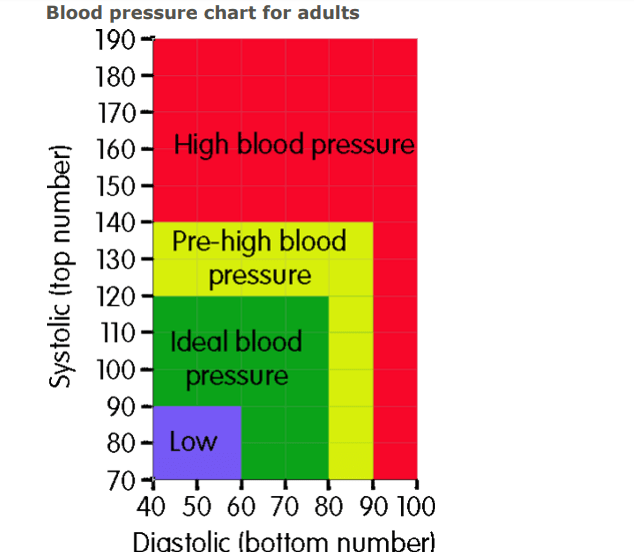Blood pressure is something that very few of us pay attention to until it becomes a big deal, like in the case of hypertension.
Often referred to as a silent killer, it comes with no symptoms but can lead to serious health issues eventually.
So, why should anyone even pay attention to this?
Blood pressure is important because if it is high, it is putting extra strain on your arteries and on your heart. Over time, this strain can cause the arteries to become thicker and less flexible or to become weaker.
If your arteries become thicker and less flexible, they will become more narrow, making them more likely to become clogged up. If an artery becomes completely clogged up (known as a clot), this can lead to a heart attack, a stroke, kidney disease or dementia.
Low blood pressure, on the other hand, isn’t as severe.
However, certain health issues can arise as a result of a drop in the rate at blood is pumped into the body, such as dizziness, lightheadedness and the likes which is usually as a result of inadequate supply of blood to the brain (because of low blood pressure).
Unlike in the past, where only a visit to the doctor can reveal the state of your blood pressure, thanks to modern technology in the medical field, you can know it by using a simple device. However, in the case of abnormalities, be sure to visit your doctor.
ALSO READ: 6 Ways Every Lagosian Can Stay Healthy Amidst Daily Hustle
How to interpret the values.
Blood pressure is expressed as a measurement with two numbers, one number on top (systolic) and one on the bottom (diastolic).
The top number (systolic pressure) refers to the amount of pressure in your arteries during the contraction of your heart muscle. The bottom number (diastolic pressure) refers to when your heart muscle is between beats and both numbers are important in determining the state of your heart health.

Normal
Systolic- 90-120 mm Hg
Diastolic- 60-80 mm Hg
Low Blood Pressure (Hypotension)
Systolic- 70-90 mm Hg
Diastolic- 40-60 mm Hg
Pre- High Blood Pressure
Systolic- 120-139 mm Hg
Diastolic- 80-90 mm Hg
High Blood Pressure
Systolic- 140-190 mm Hg
Diastolic- 90-100 mm Hg
According to AHA, if you get only one reading this high, you may not truly have high blood pressure. What determines the diagnosis of hypertension at any stage is the average of your numbers over a period of time.
Once again, if you notice any form of abnormalities, be sure to visit your doctor.










Can you be more specific about the content of your article? After reading it, I still have some doubts. Hope you can help me.
I don’t think the title of your article matches the content lol. Just kidding, mainly because I had some doubts after reading the article.
Your point of view caught my eye and was very interesting. Thanks. I have a question for you.
Your article helped me a lot, is there any more related content? Thanks!
Exceptional Midtown cleaning, perfect for our SoHo loft space. Using for our office space too. Outstanding Manhattan team.
Skilled professionals working, demonstrates true professionalism. Skilled execution excellence. Professional appreciation.